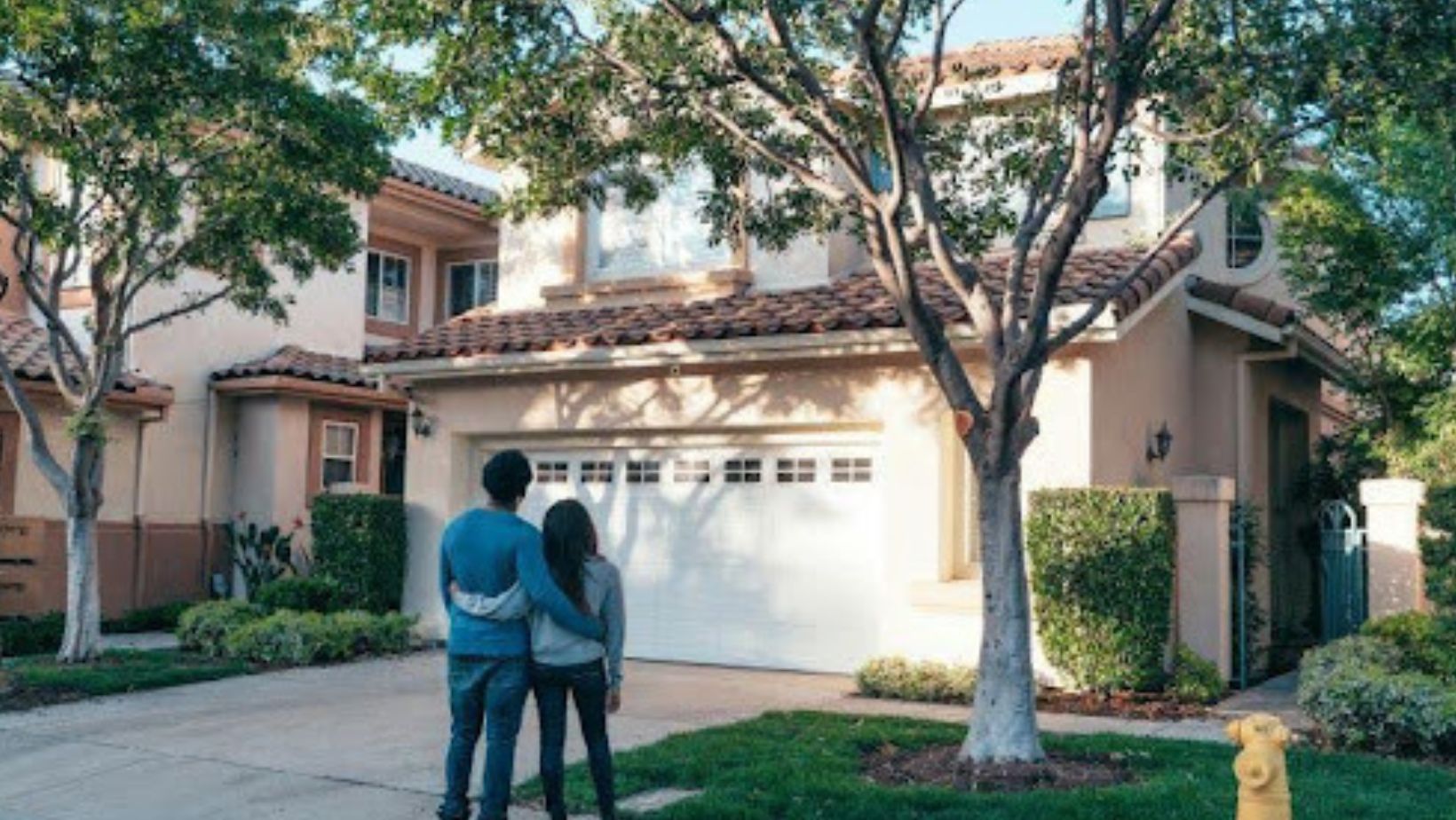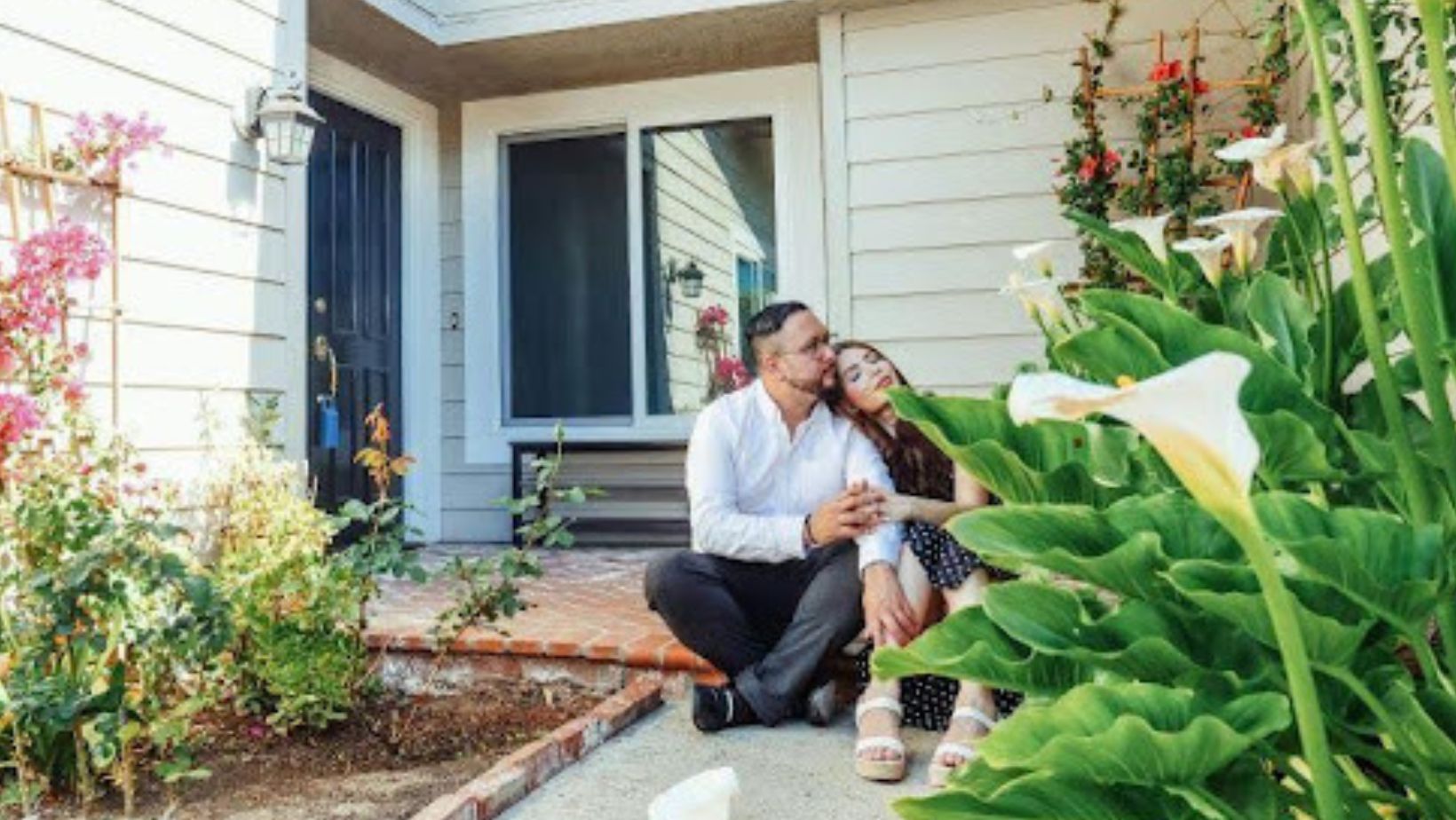Generations on the move reshape the story of suburban living across the country. Younger families are redrawing the map of suburban life, and they no longer see suburbs as quiet places for retirement years or only for raising children. They choose these areas for affordability, space, and fresh possibilities that cities cannot always provide. Remote work, better schools, and changing cultural priorities push more households toward suburbs each year. The result feels different from past waves of migration. Today’s shift comes with new expectations for design, services, and daily life. This change redefines what suburban life means for those growing up in it.
Shifts in Population Trends
Recent census data shows steady growth in suburban areas as younger households leave crowded cities. Families search for affordability, safer neighborhoods, and greater access to quality schools. Many also discover the lasting benefits of buying a home in areas where space and stability feel attainable. With more flexible work options, suburbs become even more appealing. Migration patterns continue to highlight this steady move away from high-priced urban centers. These shifts redefine where people choose to live and how suburban areas expand across the country today.

When searching for a new suburban home, ensure it embodies your dreams of stability, growth, and fresh beginnings.
Housing Affordability Pressures
Rising home prices in major cities push many families to search for more sustainable options. Suburban areas often provide larger properties and lower costs compared to dense urban markets. Mortgage rates, while shifting, still encourage buyers to consider long-term value outside city limits. Rent increases also add pressure, guiding younger households toward ownership opportunities. As these choices grow, suburbs attract attention as practical alternatives. The financial gap between urban and suburban housing continues to influence where future growth unfolds across the country.
Remote Work and Schools Shaping Choices
Remote and hybrid work continue to influence where families decide to live. Fewer people need daily commutes, so suburbs rise in appeal. Parents often focus on education, and school quality directs many moves. District enrollment data shows steady growth in suburban classrooms, reflecting that shift. Suburban living also carries unique adjustments. Families often mention more space, quieter surroundings, and new routines as key benefits. There are also things to expect, such as longer drives, stronger ties with neighbors, and slower daily rhythms. These factors create new patterns of life that differ from urban experiences.
With flexible work and stronger schools, suburbs hold growing influence. Together, these forces shape decisions that affect not only families but also the future design of many towns across the nation.
Changing Home Design Priorities
Younger families are redrawing the map of suburban life, which reflects in strong interest in layouts that fit modern lifestyles. Open kitchens, flexible offices, and larger living areas hold growing appeal. Outdoor features such as patios, gardens, and play areas also gain importance. These choices reflect how families plan for both daily life and future needs. Generations on the move seek designs that allow balance between work, family, and personal time. Builders respond by including multipurpose rooms, energy efficiency, and smart technology. Each design choice tells a story about changing values. Suburban houses no longer follow one pattern. Instead, they reflect individual goals and diverse expectations. This transformation reshapes construction trends and highlights how shifting preferences continue to shape the housing market across suburban regions.

Find a home where you’ll enjoy comfort and connection in a new chapter.
Generations on the Move
Millennials and younger families shape suburban areas with new ideas about lifestyle and priorities. Diversity, sustainability, and access to services matter more than prestige or status. Suburbs now reflect expectations for healthier living, with parks, trails, and convenient shops drawing attention. Families also value ownership opportunities that bring stability and future security. Many find that smart planning can unlock financial freedom and boost their homeownership joy in practical ways. New arrivals also encourage stronger cultural variety, creating fresh energy in once predictable towns. These changes reveal how younger households alter patterns, build new traditions, and redefine suburban growth across the nation.
Evolving Suburban Growth Patterns
Suburbs continue to adapt as younger households influence how daily life looks and feels. New demands create challenges but also opportunities for lasting change. Several key shifts stand out:
- Transportation: Remote work reduces daily commuting, while local governments invest in walkability and improved public transit.
- Retail and Services: Mixed-use centers grow, offering shopping, dining, and entertainment close to home.
- Suburban Urbanism: Breweries, coworking hubs, and cultural venues bring urban energy to smaller towns.
- Growth Challenges: Expanding populations strain schools, roads, and housing supply while raising environmental concerns.
These changes show how suburban regions evolve beyond older patterns. Rising expectations push towns to balance growth with sustainability and affordability. Suburbs continue to expand, but their future reflects modern values and new directions shaped by younger generations.
The Road Ahead
Future growth in suburban areas will depend on both planning and adaptability. Technology, shifting demographics, and new policies will shape what comes next. Younger households look for areas that offer balance, affordability, and stability. During the home-buying process, many discover how these factors influence long-term decisions. Buyers want clearer information, transparent pricing, and homes designed for flexible use. Towns that respond to these needs will attract more lasting interest. Planners also face pressure to manage infrastructure and protect resources. Choices made today influence how future generations will experience suburban life. The outlook points toward steady change guided by evolving values and practical demands.

Quiet suburban streets are perfect for spending time outdoors.
Looking Ahead at Generations on the Move
Younger families are redrawing the map of suburban life and moving toward a future where suburban spaces grow around flexibility and convenience. These families bring different spending patterns, social habits, and ideas about how places should develop. Suburbs now carry more weight in shaping housing, education, and work-life balance for millions of people. This change does not simply copy what older generations created. Instead, it reflects a modern outlook that values balance and connection. Suburban growth will continue, but the meaning of living there will keep evolving with each family choosing it.

